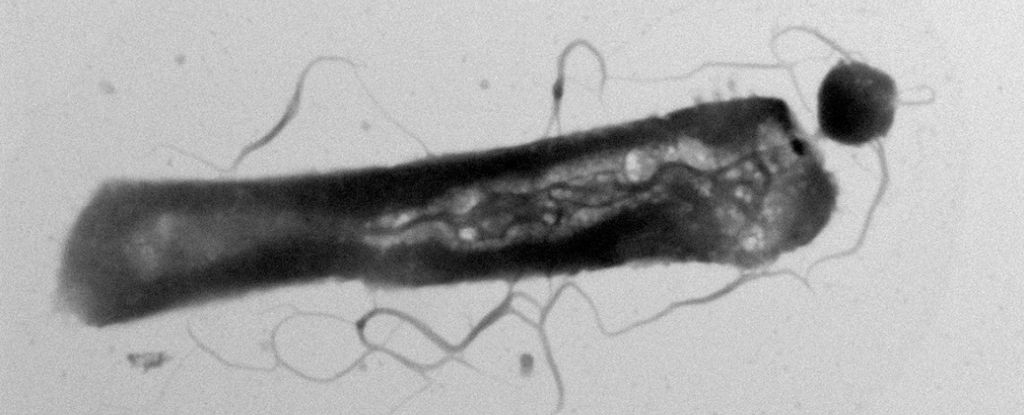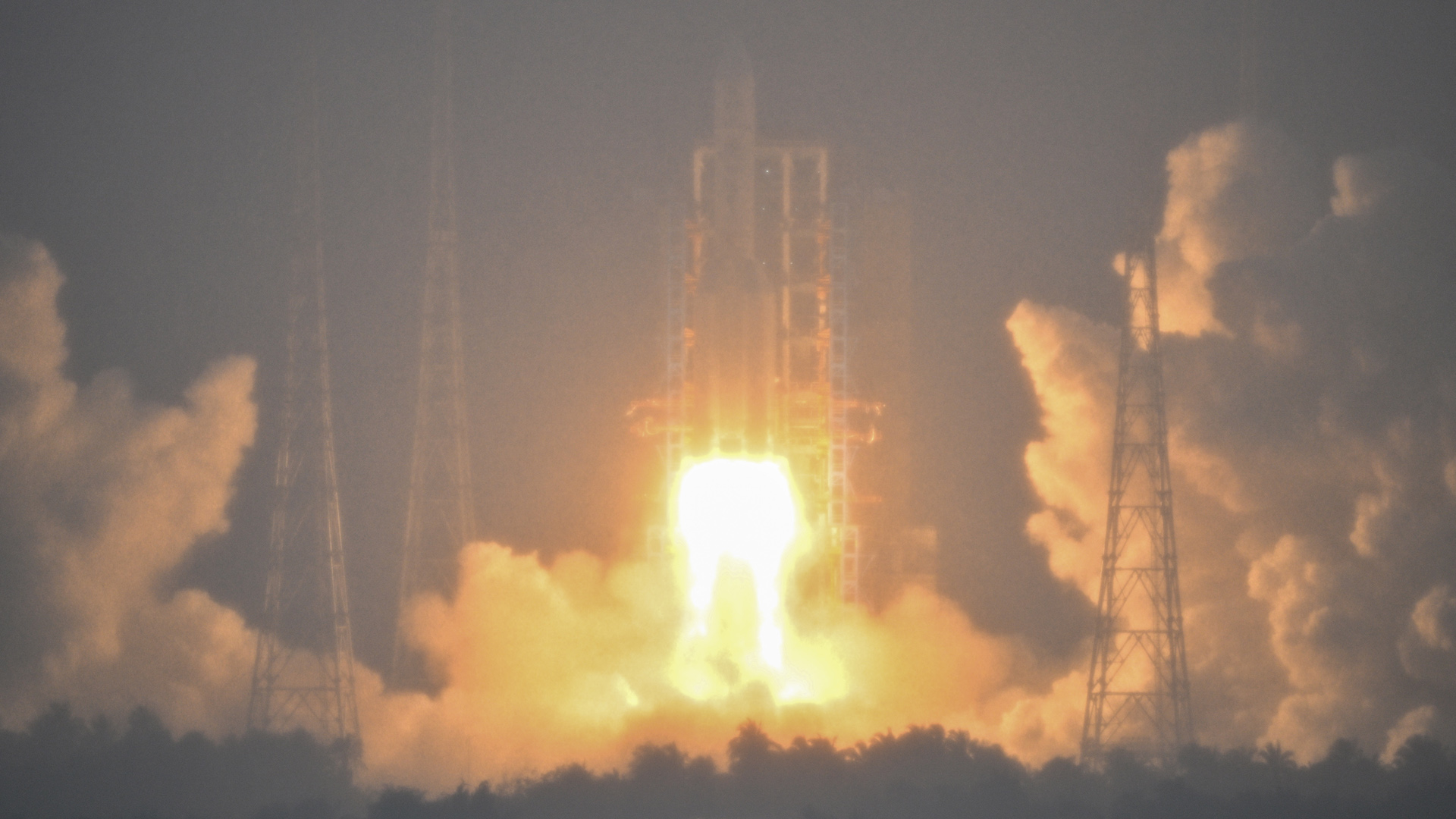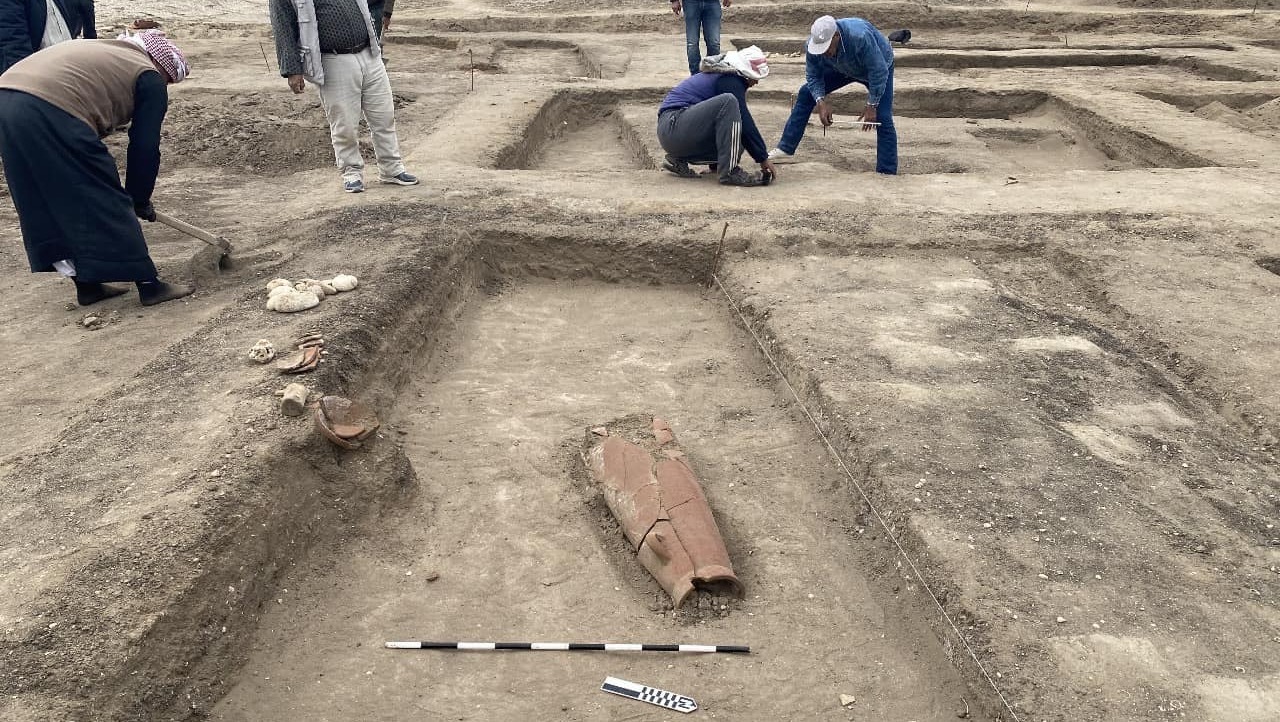Crystals, Vol. 14, Pages 363: Nanocrystalline Iron Oxides with Various Average Crystallite Size Investigated Using Magnetic Resonance Method
Crystals doi: 10.3390/cryst14040363
Authors: Rafał Pelka Urszula Nowosielecka Kamila Klimza Izabela Moszyńska Konstantinos Aidinis Grzegorz Żołnierkiewicz Aleksander Guskos Nikos Guskos
A series of nanocrystalline iron oxide samples (M1–M5) which differ from each other in average crystallite size (from 26 to 37 nm) was studied. The raw material was nanocrystalline iron with an average crystallite size equal to 21 nm promoted with hardly reducible oxides: Al2O3, CaO, K2O (in total, max. 10 wt%). Nanocrystalline iron was subjected to oxidation with water vapor to achieve different oxidation degrees (α = 0.16–1.00). Metallic iron remaining in the samples after the oxidizing step was removed by etching. Magnetic resonance spectra of all samples were obtained at room temperature. All resonance lines were asymmetric and intense. These spectra were fitted by Lorentzian and Gaussian functions. All spectral parameters depend on the preparation method of the nanoparticles. We suppose that the Lorentz fit gives us a spectrum from larger agglomerated sizes whereas the Gaussian fit comes from much smaller magnetic centers. For the nanocrystalline samples with the largest size of iron oxide nanocrystallites, the highest value of total integrated intensity was obtained, indicating that at smaller sizes, they are more mobile in reorientation processes resulting in more settings of anti-parallel magnetic moments. The magnetic anisotropy should also increase with the increase in size of nanocrystallites.

 3 weeks ago
12
3 weeks ago
12


